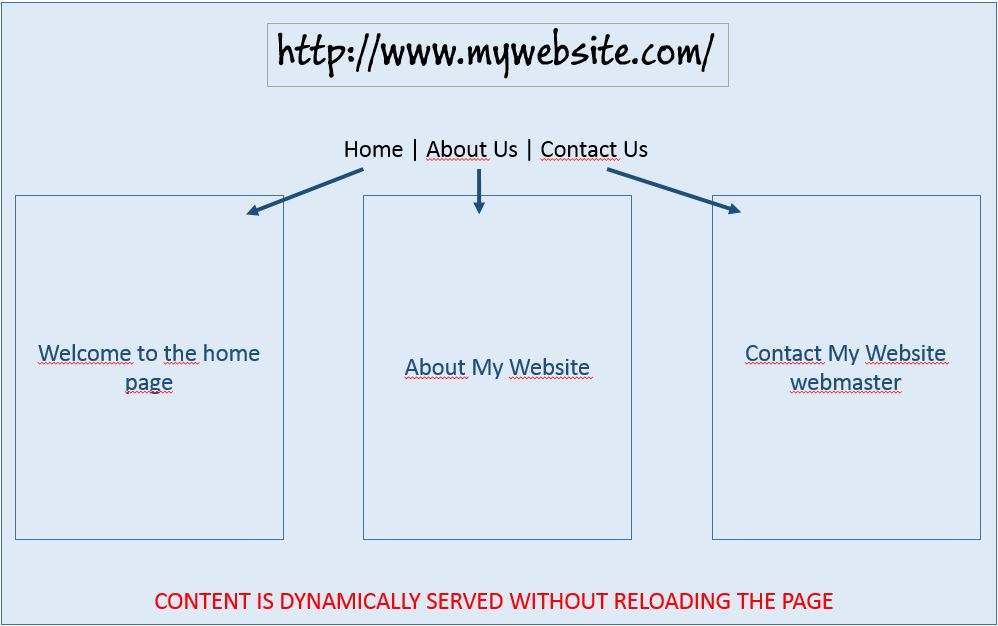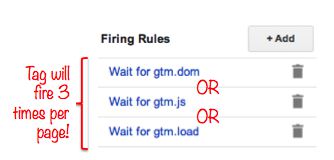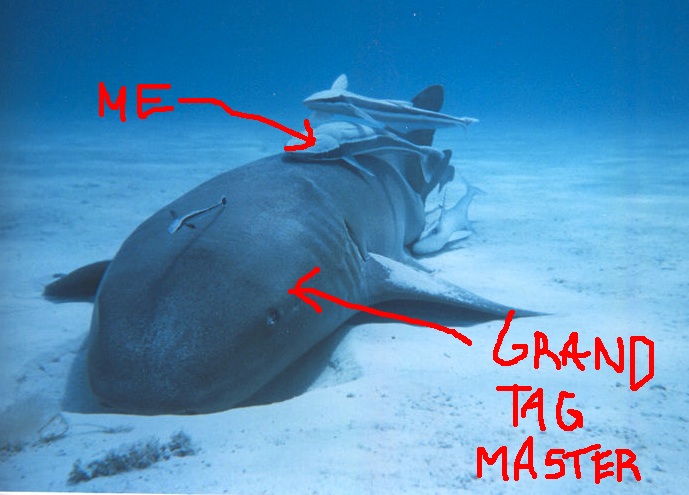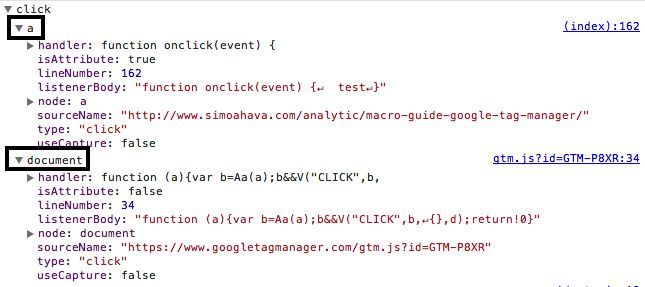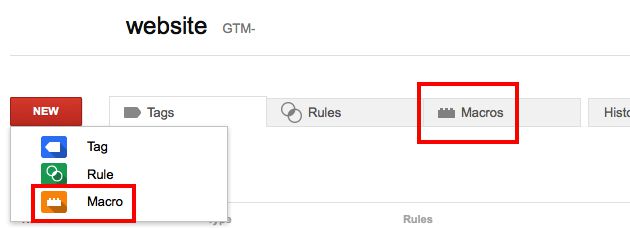Because I was bored, I did a quick test to sort out the firing order of competing GTM listeners. If you’ve done your homework (i.e. read my article on GTM listeners), you’ll remember that GTM listeners are set up on the document node of the document object model (DOM). I wanted to test what the firing order is if you have multiple competing listeners on the same page.
I tested with the following listeners (make sure you read up on auto-event tracking if you are completely baffled at this point):

